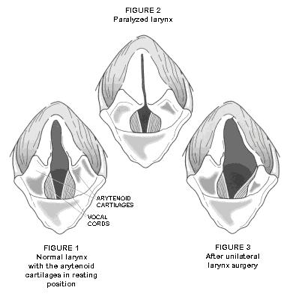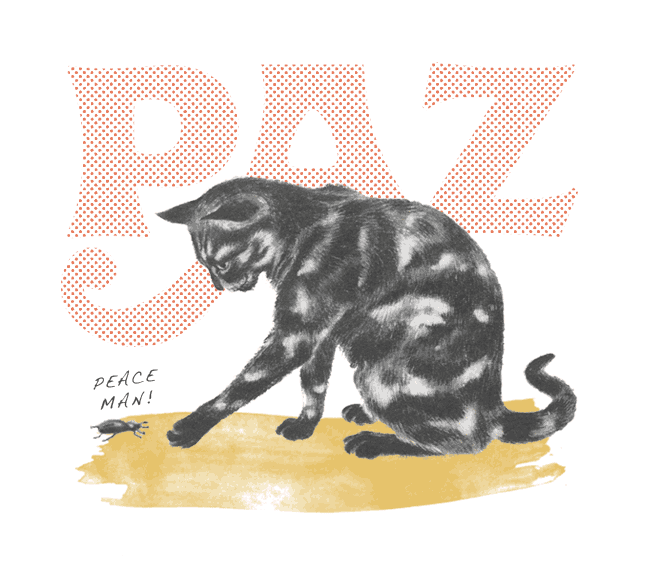Overview
Laryngeal Paralysis is an upper airway disease process that occurs more commonly in dogs, but can also affect cats. It involves a dysfunction of the recurrent laryngeal nerve which controls a cartilage in the larynx. During inspiration this cartilage cannot move as it normally should, so the larynx cannot open adequately, and respiratory distress can occur.
This condition is most common in larger dogs and male dogs seem to be more predisposed than females. The median age of diagnosis in dogs is 9 to12 years-of-age, and in cats is 11 years-of-age. In dogs, Labrador Retrievers are the poster-children for this disease process.
Often the disease is idiopathic, meaning the cause is unknown. The metabolic conditions (such as hypothyroidism), congenital (born with it) conditions, trauma, nerve damage, and neoplasia can also cause laryngeal paralysis.
Clinical Signs
Animals with this condition may demonstrate a variety of signs. These can include exercise intolerance, respiratory distress, cyanosis (blue gums), a change in phonation (barking), and stridor (vibrating noise during breathing). Difficulty eating, dysfunction of esophageal motility, and pneumonia can also be seen.
Diagnosis
A supportive/initial diagnosis can be made by evaluating clinical signs in combination with signalment (i.e. breed of patient, age, sex) and clinical signs. Bloodwork and thoracic (chest) radiographs are often performed to rule-out other disease that may cause these clinical signs. A definitive diagnosis is made by evaluating the larynx while the patient is under light anesthesia.
Treatment and Potential Complications
Treatment of this condition includes a procedure called ‘arytenoid lateralization’ (tieback), a surgery typically preformed by a specialist. In this procedure, one of the affected cartilages is tied laterally so it permanently remains open, yielding a decreased chance of respiratory distress. However, because the airways are opened, the patient cannot protect its airway as desired, so there is an increased risk of the patient contracting aspiration pneumonia. However, with proper management of this disease the patient can live a normal healthy life.
Prevention
There is no prevention of this disease process itself, but prevention of overexertion will help minimize risk of respiratory distress. This is especially important in warmer weather as patients can become dyspnic (have difficulty breathing) very easily with minimal activity. If your pet seems to have exercise intolerance or have difficulty breathing, reduce activity, keep the patient calm, and immediately seek veterinary attention.







